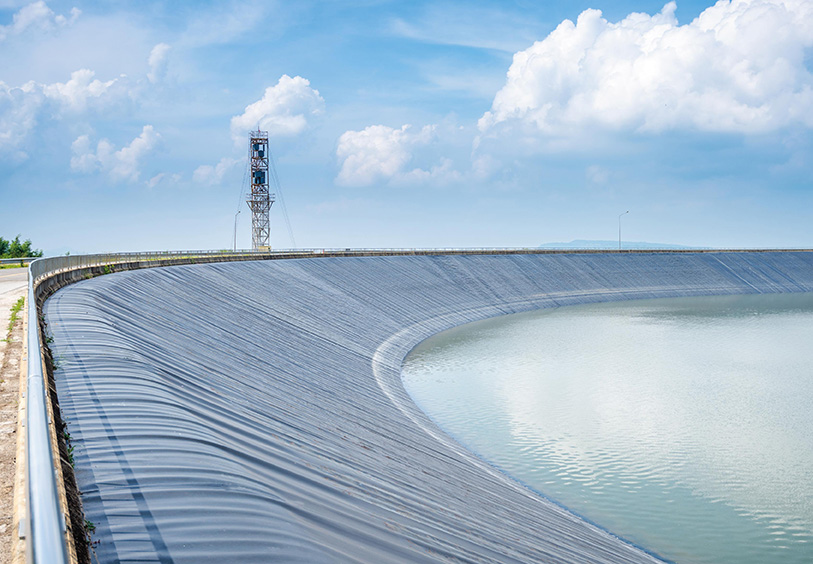The Significance of Acid Pickling Rolls in Modern Steel Industry
Acid pickling rolls play a crucial role in modern steel manufacturing by removing scale and impurities from the surface of steel sheets and hot-rolled coils. The pickling process helps produce high quality defect-free steel surfaces that are essential for a variety of downstream applications. Let us take a closer look at acid pickling rolls and their importance in the steel production process.
What are acid pickling rolls?
Acid pickling rolls are large cylindrical rolls that are used to transport steel material through acids like hydrochloric or sulfuric acid during the pickling process. These industrial size rolls are made of special corrosion resistant materials like rubber or ceramic to withstand the harsh acidic environment.
During pickling, the steel material passes between a pair of rotating acid pickling rolls that are submerged in acid baths. The rolls mechanically remove the tightly adherent oxide scale formed on the hot rolled steel surface by constantly scrubbing and compressing the steel as it moves through the bath. This vigorous scrubbing and acid exposure chemically dissolve the unwanted scale layer.
Pickling process
The pickling process occurs after hot rolling of steel slabs or coils to produce a clean oxide-free steel surface. During hot rolling, oxide scale forms on the hot steel surface due to the high temperature. This scale needs to be removed to produce a quality steel surface suitable for applications like enameling, galvanizing or paint coating.
In a typical acid pickling line, steel first enters an acid pre-wash tank where it is rinsed to remove loose scales. Then it passes between two large acid pickling rolls submerged in a tank filled with hydrochloric or sulfuric acid solution. The rolls rotate at different speeds creating relative motion that mechanically scrubs and removes the scale.
The steel remains in the pickling tank for several minutes depending on factors like scale thickness and steel grade. The aggressive action of acid combined with mechanical scrubbing dissolves tightly adherent scale layers completely. Pickled steel then goes through rinsing tanks to wash off residual acids before being coiled. Modern lines run at high speeds of 200-800 meters/minute.
Importance of pickling
Acid pickling serves multiple important purposes in steel manufacturing. It prepares clean grease and oxide free surfaces for high quality downstream processes like galvanizing and enameling. Scale contains iron oxides that interfere with plating and coating adhesion. Pickling completely removes scales to less than 1 micrometer thickness.
Pickled steel also has superior formability and stamping qualities compared to unpickled steel due to absence of surface imperfections. Pickled surfaces can be hermetically sealed by hot-dip galvanizing or aluminum coating for corrosion protection in long-life applications like automotive bodies and domestic appliances.
Proper pickling is critical for applications like tinplate and terneplate steel used for making canned food and beverages. It ensures sealed protective metallic coatings on the inside of cans that prevent reactions between steel and food contents. Pickled surfaces are also essential for painting automobile bodies and home appliances requiring defect-free enameled or polyester coated substrates.
Role of acid pickling rolls
Acid pickling rolls are at the heart of this critical pickling operation. Their vigorous mechanical action combined with acid environment efficiently removes all scale layers thoroughly in a short time. Special ceramic or rubber surfaces of rolls withstand corrosion better than steel.
Grooves or profiles on roll surfaces provide better scale removal action and steel transport. Drive systems ensure rolls rotate at optimum synchronized speeds for maximum scrubbing. Modern rolls are also designed for gentle material handling to avoid damaging steel surfaces.
Proper roll design, sizing and maintenance are important to achieve consistent high quality pickling. Online roll inspection using ultrasonic sensors monitor roll wear and integrity. Quick roll changes are enabled through hydraulically operated mechanisms. Roll cooling systems prevent overheating during high speed operations.
Sustainable pickling
Industry is continuously developing eco-friendly innovations to reduce waste and emissions from acid pickling. Advanced wastewater treatment plants effectively recover and re-use pickling acids reducing fresh acid consumption and waste generation. Switching to less hazardous pickling agents and optimizing acid concentrations based on scale thickness help lower environmental footprint.
New technologies also aim to improve heat recovery from pickling line exhausts and utilize waste heat. Automated process controls deliver precision pickling by adjusting line speeds and acid dosages based on online steel analysis. Together these sustainable solutions help Steelmakers meet stringent environment regulations while continuing to deliver high pickling efficiencies.
Conclusion
To summarize, acid pickling plays a crucial role in steel manufacturing by producing high quality defect-free steel surfaces. Large cylindrical acid pickling rolls are at the core of this pickling operation, delivering superior mechanical scale removal through their synchronized rotation in acidic environment. Continuous innovations help make pickling more sustainable and eco-friendly. Going forward, acid pickling rolls will remain indispensable for producing steel grades needed across various industries.



